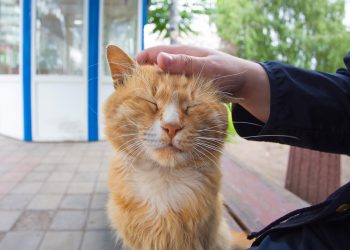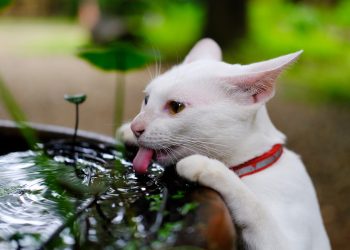While sticky tape can lift hair from garments, using dryer sheets before washing can reduce hair clinginess. If you’re without a lint roller, a slightly damp cloth can be effective in gathering stray hairs.
Removing Cat Hair without a Lint Roller?
No lint roller? No worries. Wrap your hand in packing tape (sticky side out) and pat over clothes. Alternatively, dampen rubber gloves and glide them over the fabric. The hair will naturally stick to the gloves.
Does Washing Fully Remove Cat Hair?
Washing can help, but for optimal results, shake out clothes before and after the cycle. A pre-wash dryer spin can also loosen stubborn hairs.

Dissolving Cat Hair?
While no method truly dissolves cat hair, using dryer sheets can significantly reduce its presence on clothes and furniture.
Removing Cat Hair from Blankets?
For blankets, a preliminary shake followed by a short dryer cycle can remove most hairs. After washing, a lint roller or rubber gloves can catch strays.

Can Cat Hair Enter the Lungs?
Inhalation is typically of smaller dander particles, not the hair itself. This can aggravate respiratory issues, especially in allergic or asthmatic individuals.
Strategies for a Cat Hair-Free Home?
Though a completely hair-free environment is elusive, frequent grooming, diligent vacuuming, and the regular use of lint rollers and rubber gloves can minimize cat hair.

Is Cat Hair Harmful?
Cat hair isn’t poisonous. However, reactions can occur in those allergic to cat dander. Regular cleaning and grooming can help.
Ingesting Cat Hair: Cause for Concern?
Swallowing a few cat hairs is harmless, as they’ll naturally pass through the digestive system. However, consistently ingesting large amounts is not recommended.
Having cats means a bit of fur is part of the package, but with these guidelines, managing their little “gifts” becomes simpler!

Next on your reading list:











